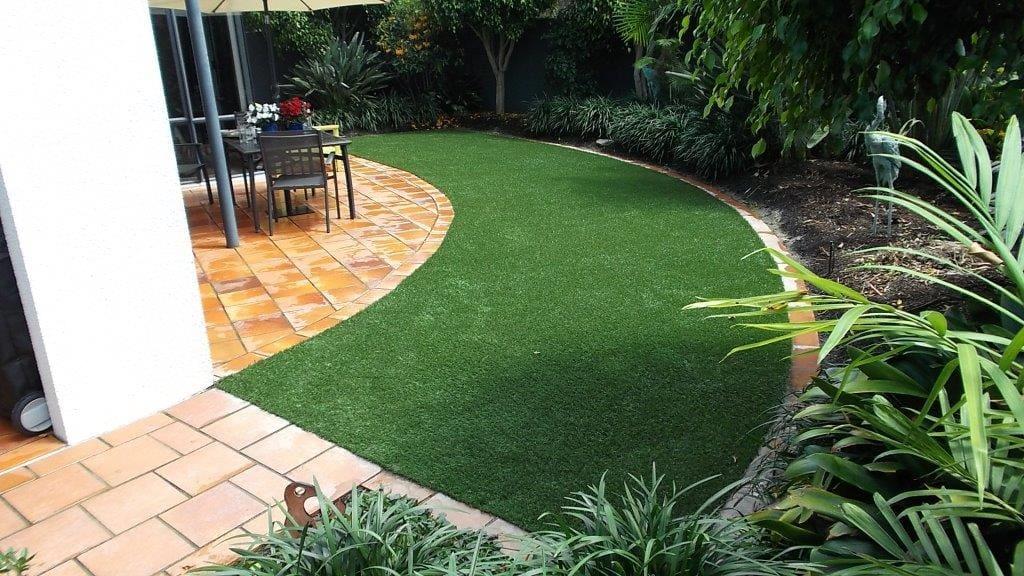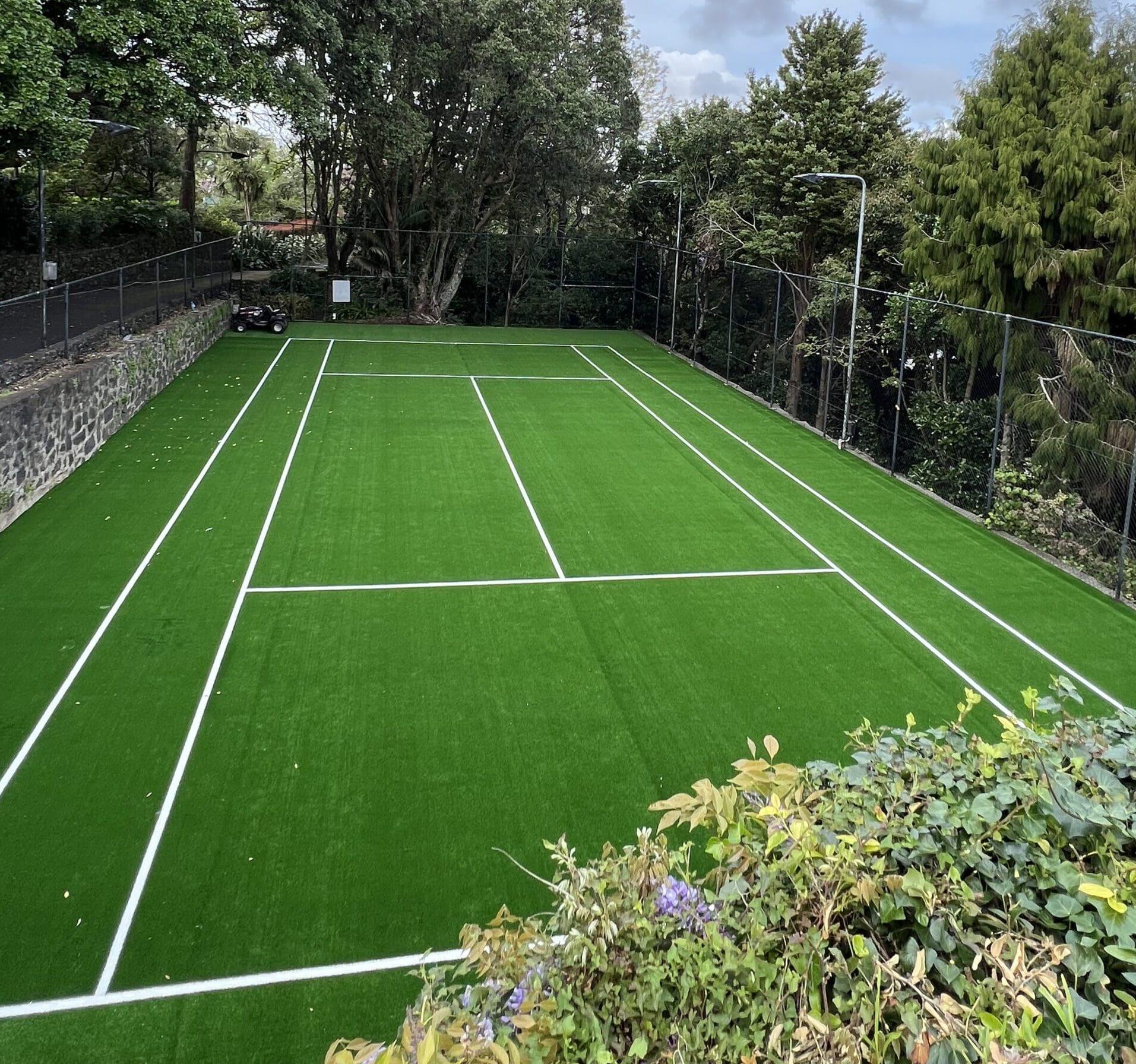Kia ora, fellow green thumbs! Donovan Anderson here, your friendly neighborhood landscaping guru. With 15 years of experience under my belt, I've learned a thing or two about creating beautiful outdoor spaces. Today, I want to chat with you about a topic that's been on many folks' minds: the cost comparison between artificial turf and natural grass installations. So, grab a cuppa and let's crunch some numbers!
The Initial Investment:
When it comes to upfront costs, there's no denying that artificial turf tends to have a higher price tag than natural grass. However, it's essential to look beyond the initial investment and consider the long-term savings and benefits.
-
Artificial Turf:
- Higher initial cost due to materials and installation.
- However, no ongoing expenses for water, fertilizers, pesticides, or regular maintenance.
- Over time, the savings on water bills and maintenance can offset the initial investment, making artificial turf a cost-effective option in the long run.
-
Natural Grass:
- Lower upfront cost for seeds, sod, or turf rolls.
- Ongoing expenses for water, fertilizers, pesticides, and regular maintenance such as mowing, aerating, and edging.
- While natural grass may seem cheaper initially, the cumulative costs of maintenance can add up significantly over time.
Long-Term Savings:
One of the most significant advantages of artificial turf is its ability to save you money in the long run. While the upfront cost may be higher, artificial turf requires minimal ongoing maintenance compared to natural grass.
-
Artificial Turf:
- Requires no watering, mowing, or fertilizing, saving you time and money on maintenance.
- With proper care, artificial turf can last 15-20 years or more, providing long-term savings on maintenance costs.
- Ideal for areas with water restrictions or climates with limited rainfall, as it doesn't require regular watering to stay green and lush.
-
Natural Grass:
- Requires regular watering to keep it green and healthy, especially during hot, dry seasons.
- Ongoing expenses for lawn care equipment, fertilizers, pesticides, and water can add up over time.
- May need frequent mowing, edging, and aerating to maintain its appearance, which can be time-consuming and costly.
Environmental Impact:
In addition to cost considerations, it's essential to think about the environmental impact of your landscaping choices.
-
Artificial Turf:
- Requires no water, pesticides, or fertilizers, reducing your carbon footprint and conserving resources.
- Made from recycled materials and is fully recyclable at the end of its lifespan, minimizing waste.
- Helps conserve water, especially in areas prone to drought or water restrictions, contributing to water conservation efforts.
-
Natural Grass:
- Requires regular watering, which can strain local water supplies and contribute to water waste.
- Depending on the region, may require pesticides and fertilizers to maintain its health and appearance, which can harm the environment.
- Increased use of lawnmowers and other equipment can contribute to air and noise pollution.
Choose TigerTurf for Sustainable Landscaping Solutions:
When it comes to making the switch to artificial turf, TigerTurf is the clear choice for environmentally friendly, cost-effective landscaping solutions. With a range of high-quality products and expert installation services, TigerTurf offers unmatched durability, aesthetics, and long-term savings for your outdoor space.

Whether you're looking to save money on water bills, reduce your environmental impact, or simply enjoy a low-maintenance lawn year-round, TigerTurf has you covered. Visit TigerTurf to learn more about why we're Melbourne's leading artificial turf specialist.
